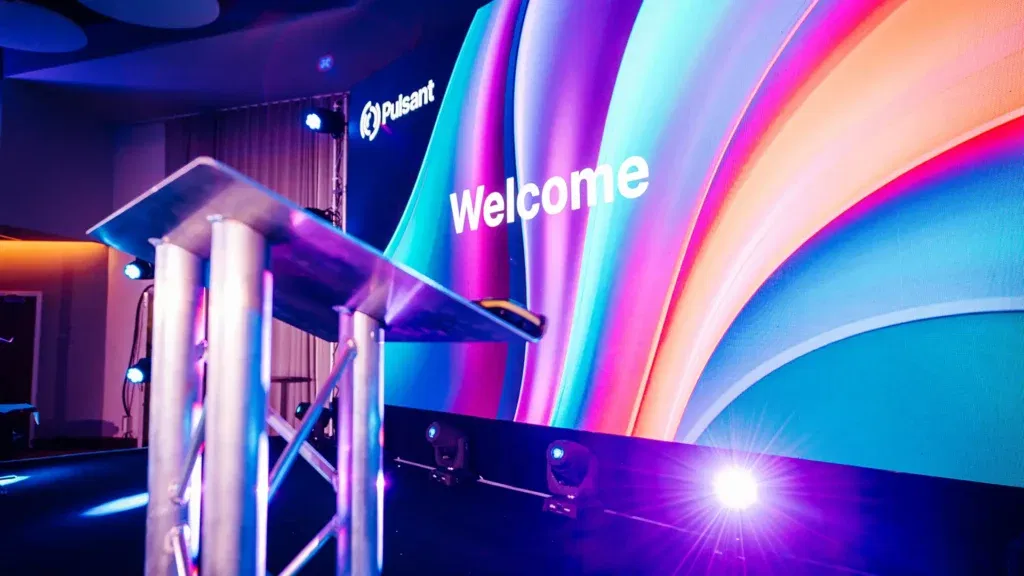Savvy businesses know just how important it is to support their people, and it’s not just about scheduling an online team meeting every Monday morning. We’ve put together an ever-growing list of activities and ideas for wellness events – book a one-off session, plan an entire week dedicated to wellbeing, or talk to us about setting up a bespoke Employee Engagement Programme that could be run for a few months or throughout the year.
Take a look at our (non exhaustive) list of virtual wellbeing events, below:
Physical wellbeing activities
1. Dance class
Bollywood, street, hip-hop, Zumba – you name it we’ll provide a professional teacher who’ll get everyone moving.
2. Pilates
No special equipment needed, easy to do from home, introduce your people to a simple but effective Pilates workout that is brilliant for fitness and wellbeing.
3. Yoga
Learn a few of the poses from which anyone and everyone can benefit, no matter how flexible you are – or not.
4. Disco yoga
Yes, it’s actually a thing.
5. Fitness class
Up the energy with a fun fitness session.
6. The Choir
There is nothing more joyful than singing with others. Whatever style of song you choose, our choir master will have everyone singing beautifully together.
7. Lip-sync battle
Great fun, a little bit cheesy, find out who is the biggest show-off!
8. Write your own song
A great team-building activity, the results will amaze you!
Fun wellbeing activities
9. Virtual escape room
A perfect team activity. Working against the clock, they have to solve the clues in order to escape before time runs out.
10. Comedy night
Laughter, they say, is the best medicine and we can put together a line up featuring some of the biggest names on the comedy circuit.
11. Game show
Whether you want to recreate The Price is Right or Pointless, everyone will enjoy taking part in a game show.
12. Online quiz
We can’t provide the pub, but we can provide a fun quiz session. Run as a team or individual competition, we can even make it bespoke to your company by including business-related rounds.
13. Bingo
A perennial favourite led by an experienced bingo caller.
Creative wellbeing activities
14. Watercolour workshop
Learn some handy techniques from a great watercolour artist and just enjoy having a go.
15. Calligraphy
Writing as art. We may be more used to a mouse than a pen, but calligraphy is a wonderful skill to learn.
16. Candlemaking
Learn how to make your own candles.
17. Pottery
Okay, so it won’t be a throwdown challenge, but there are plenty of other things to do with clay!
18. Origami
Discover the Japanese art of paper folding.
19. Photography
Hands up who knows how to get the most out of the cameras on our smartphones – you will now!
20. Discover your green fingers
No garden required, even apartment dwellers can enjoy this workshop.
Mental wellbeing activities
21. Mindfulness
Learn how to become more self-aware and calmer, more able to deal with stress.
22. Meditation
Another way of improving one’s awareness to achieve a state of calm. A brilliant skill to learn that can be used on a daily basis.
Food and drink themed wellbeing activities
23. Cooking class
Led by a professional chef, learn how to make some tasty and nutritious dishes.
24. Nutrition
Learn more about good nutrition and how to eat for health.
25. Smoothie making
Get creative with the ingredients and discover how to make delicious immune-boosting drinks.
Virtual Wellbeing Events For Your Teams
Many of our clients are already seeing the benefit of wellbeing events. Why not talk to a member of our team today to find out how we can help you to look after your most important asset – your staff.
We have a huge variety of virtual wellbeing events on offer. Call 01932 22 33 33 or email us hello@mgnevents.co.uk





